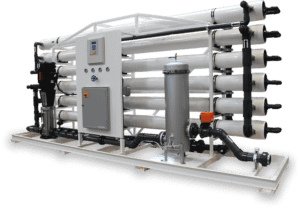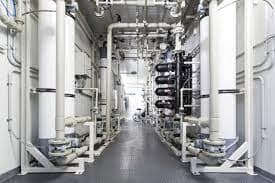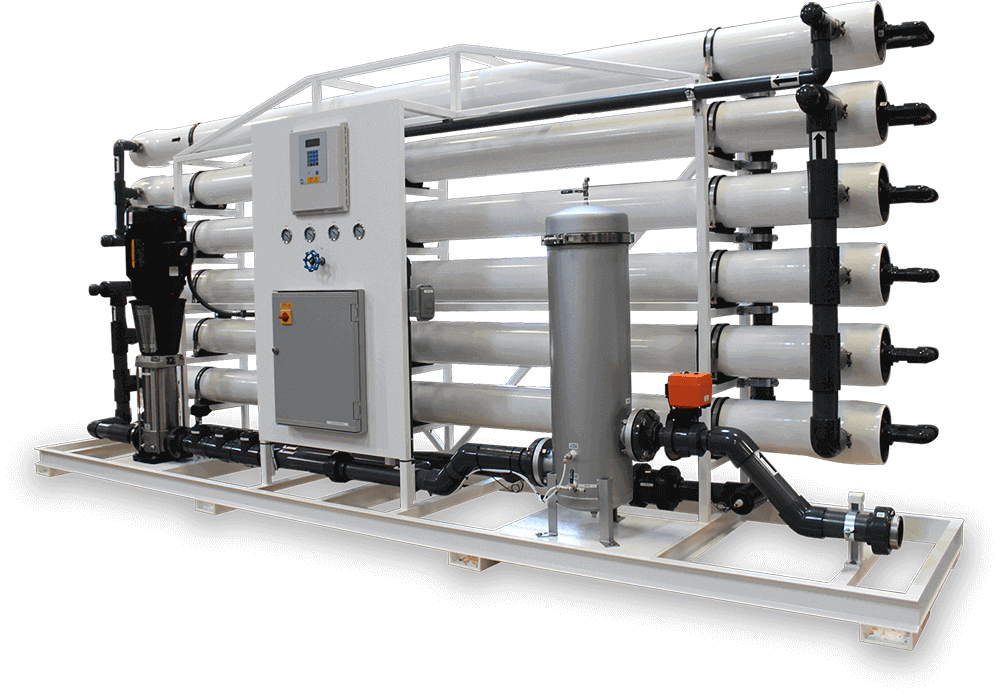Description
Brackish Water PPM
Brackish water refers to water that has a salt content in between that of freshwater and seawater. It typically has a Total Dissolved Solids (TDS) concentration of between 1,000 to 15,000 ppm. Brackish water is often found in estuaries, where freshwater rivers meet the sea, and in coastal aquifers.
In this article, we will explore the topic of brackish water with a focus on the ppm levels, their implications, and how to treat brackish water to make it safe for consumption.
What is PPM?
PPM stands for Parts Per Million, which is a measure of the concentration of a substance in water. For example, if a water sample has 1 ppm of salt, it means that there is 1 milligram of salt per liter of water.
Understanding Brackish Water PPM Levels
Brackish water has a TDS concentration of between 1,000 to 15,000 ppm. The higher the TDS concentration, the higher the ppm level.
The ppm level of brackish water is an important parameter to consider when treating it for consumption or industrial use.
Implications of High PPM Levels
High ppm levels in brackish water can have various negative implications. For example, high levels of dissolved solids can affect the taste and odor of the water, making it unpalatable.
High ppm levels can also lead to scale buildup in pipes and appliances, reducing their lifespan and efficiency. Moreover, certain dissolved solids can be harmful to human health if consumed in high concentrations.
Treating Brackish Water
There are various methods of treating brackish water to reduce its TDS concentration and make it safe for consumption. These methods include Reverse Osmosis (RO), Electrodialysis (ED), and Nanofiltration (NF).
Reverse Osmosis (RO)
Reverse Osmosis is a common method of treating brackish water. It works by forcing water through a semi-permeable membrane that filters out dissolved solids, leaving behind pure water. RO systems typically remove between 90% to 99% of TDS, depending on the quality of the feed water and the type of membrane used.
Electrodialysis (ED)
Electrodialysis is a method of treating brackish water that uses an electric field to separate ions from water. It works by passing water through a series of alternating anion and cation exchange membranes. The membranes selectively allow certain ions to pass through, while others are removed. ED systems typically remove between 85% to 95% of TDS.
Nanofiltration (NF)
Nanofiltration is a relatively new method of treating brackish water. It works by using a membrane with smaller pores than those used in RO. The smaller pores allow for the removal of more divalent ions, such as calcium and magnesium, which are not removed by RO. NF systems typically remove between 80% to 90% of TDS.
Conclusion
Brackish water with high ppm levels can have negative implications for taste, health, and equipment. However, there are various methods available to treat brackish water and reduce its TDS concentration. Reverse Osmosis, Electrodialysis, and Nanofiltration are effective methods for treating brackish water, depending on the quality of the feed water and the desired TDS concentration.
{finish}
FAQs
Q1. What is the definition of brackish water?
Brackish water is water that has a salt content in between that of freshwater and seawater. It typically has a Total Dissolved Solids (TDS) concentration of between 1,000
Q2. What are the implications of high ppm levels in brackish water?
High ppm levels in brackish water can affect the taste and odor of the water, lead to scale buildup in pipes and appliances, and may contain certain dissolved solids that can be harmful to human health if consumed in high concentrations.
Q3. What is Reverse Osmosis (RO)?
Reverse Osmosis (RO) is a method of treating brackish water that uses a semi-permeable membrane to filter out dissolved solids, leaving behind pure water. It can remove between 90% to 99% of TDS depending on the quality of the feed water and the type of membrane used.
Q4. What is Electrodialysis (ED)?
Electrodialysis (ED) is a method of treating brackish water that uses an electric field to separate ions from water. It works by passing water through a series of alternating anion and cation exchange membranes. ED systems typically remove between 85% to 95% of TDS.
Q5. What is Nanofiltration (NF)?
Nanofiltration (NF) is a relatively new method of treating brackish water that uses a membrane with smaller pores than those used in RO. The smaller pores allow for the removal of more divalent ions, such as calcium and magnesium, which are not removed by RO. NF systems typically remove between 80% to 90% of TDS.








Aqua Filter –
I’ve used Aquaafilter for all my water filter needs, and they never disappoint. Their team is prompt, professional, and always willing to provide personalized solutions.
Aqua Filter –
I was blown away by Aquaafilter’s level of service. Their team was prompt, professional, and always willing to go above and beyond to ensure customer satisfaction. Highly recommend!